Age determination in forensic odontolgy
DENTAL AGE ESTIMATION - FORENSIC ODONTOLOGY PART 2
- Age estimation using dentition may be grouped into three phases
AGEING IN PRENATAL,NEONATAL AND EARLY POSTNATAL:
A)NEONATAL LINES:- Primary tooth germ - 7 weeks in utero
- Enamel formation of deciduous teeth completes by 1st year.
- permanent 1st molar ( germ formation ) is 3.5 -4 months in utero
because of above said features this estimation in this group is very accurate
- Neonatal lines - indicator
- If neonatal lines present implicates -LIVE BIRTH ,in case of stillbirth ( loss of pregnancy ) - absent
- legal implication in case of infanticide
AGE ESTIMATION IN CHILDREN AND ADOLESCENT:
Tooth eruption:
- deciduous - 6 months to 2.5 years
- permanent - starts at 6 years ( eruption of 1st molar)
Method to determine age in children and adolescents :
- VALUE OF 3RD MOLAR
- SCHOUR AND MASSLER METHOD
- TOOTH CALCIFICATION
- DEMIRJIAN'S METHOD
1) VALUE OF 3RD MOLAR
- Valuable indicator of age in age group of 16 to 23 years
- when all 4 ,3rd molars have completely calcified ,the chance of individual being 18 years old is very high.
- when only one or two 3rd molars present ,the lower third molars are best predictor of whether an individual is 18 year old.
This method describes 20 chronological stages of tooth development starting from 5 months to 21 years of age.
3) Tooth calcification:
better indicator of age in 1st two decades of life
evaluation of radiograph to assess tooth calcification is much better alternative since :
calcification can be observed from radiograph for a period of several years
4) Demirjian's method:
visual assessment
assess 7 mandibular left side teeth
most widely used in this group
AGE DETERMINATION IN ADULTS :
GUSTAFSON METHOD
- MNEMONIC ( RCTPAS)
- Root resorption
- Cementum deposition -incremental lines
- Translucency dentin
- Periodontal attachment loss
- Attrition
- Secondary dentin formation
- 4 grade sum gives the value (x)
- 11.43+(4.56*x)- formula
7 Grade modification
the number of lamellae per osteon
constant - young and in middle age group
it decreases after 55 yrs of age
BIOCHEMICAL INDICATOR:
1)amino acid racemisation
- L- ASPARTIC ACID
- D- ASPARTIC ACID WITH INCREASING AGE
- Constant change in the ratio of l and d aspartic acid at different ages can be used in its estimation
BITE MARK
- Mark or representative pattern caused by the teeth either alone or in combination with other parts in an object
class pattern of tooth
- incisor- rectangular
- canine- triangular
- premolar-dual triangle
- molar-quadrilateral marking
CLASSIFICATION:
1) Man to man
2) animal to man
3) self inflicted
man to object
feature man animal
arch broad ,u-shaped narrow anterior aspect
teeth broad central,narrow lateral narrow central,broad lateral
injury bruising severe laceration avulsion
IMPLICATION:
- Comparison of known person dentition to patterned injury
- Usually associated with sex crime,violent fight
Bite mark investigation:
- preliminary question
- data collection and analysis
- case demographics
- visual examination
- photography - orientated,close up
- impression
PRELIMINARY QUESTION:
- Is injury bite mark
- Was it caused by adult or child
- Does age correspond to time of crime scene
limitation:
Bite mark aren't like fingerprint and dna
Conclusion:
- Definite biter
- Probable biter
We started about how age is determined in three phases then we stepped on into bite mark analysis,if you haven't read part 1 of forensic odontology then do check out using this link part 1and do let me know in the comment section below .
contact :
email: stencildent@gmail.com
instagram: stencildent
THANK YOU
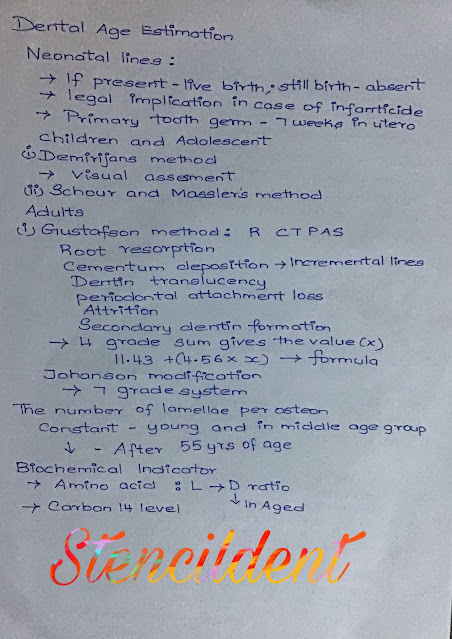

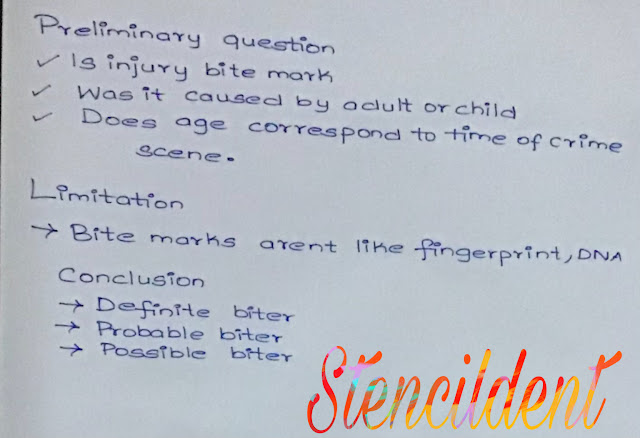
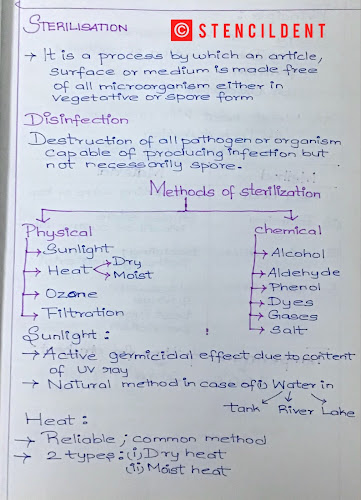
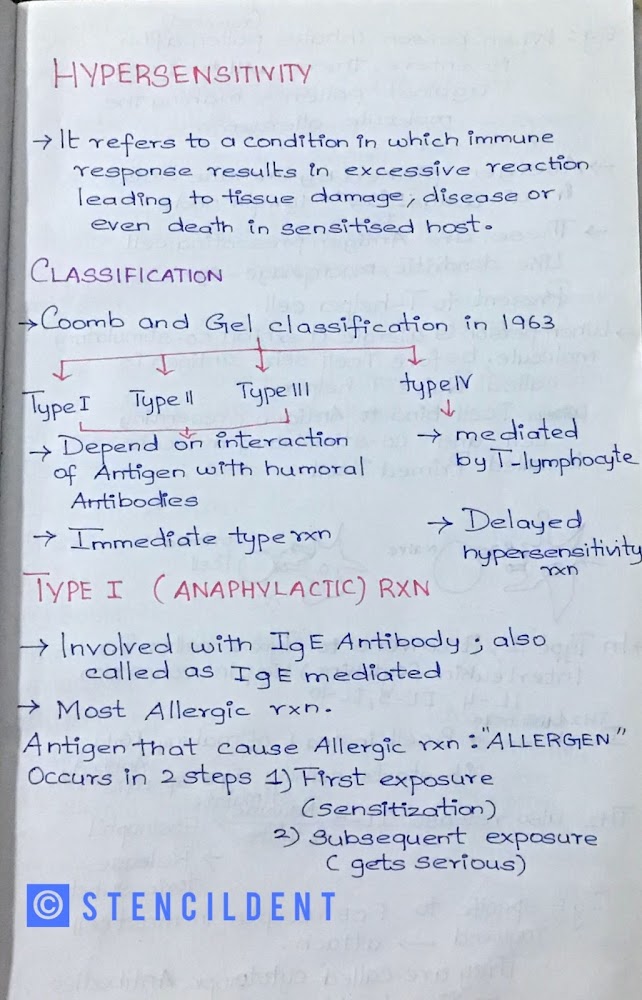
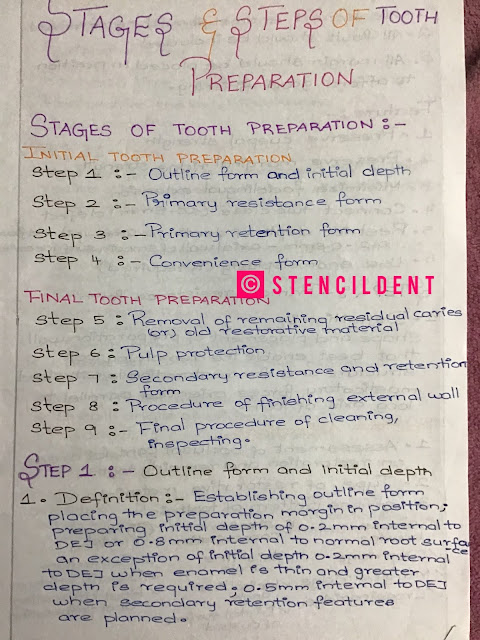
Comments
Post a Comment